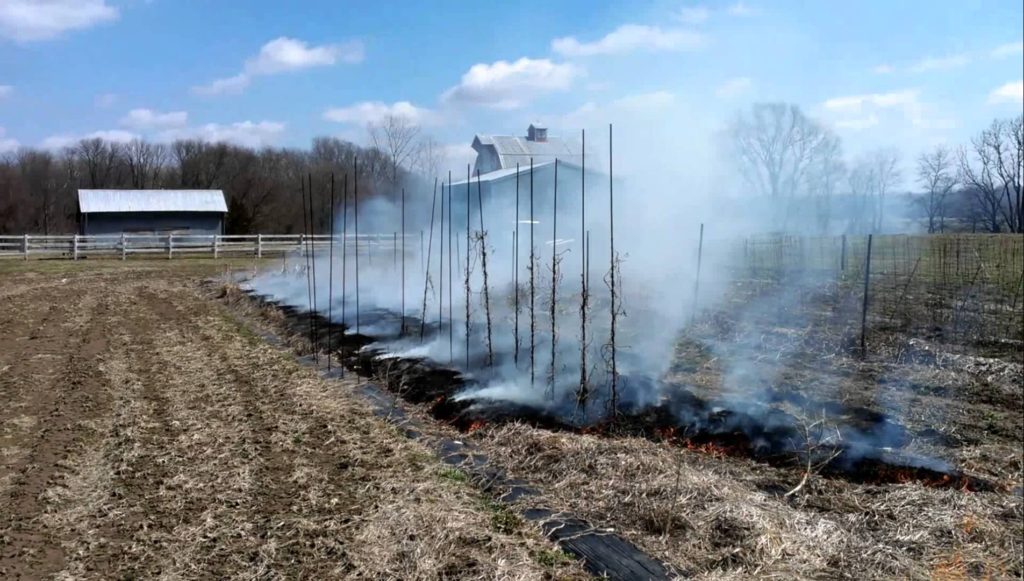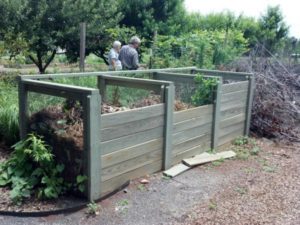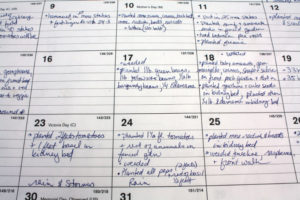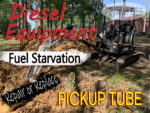Fall Garden Preparation

So the last of the tomato plants have withered, the pole beans have quit sprouting and you’ve carried the final pumpin out for carving. No, you don’t just walk away and bid adieu until spring. Whether you a rural homesteader or a suburban green thumb, there is still work to be done my friend! The bonus is that, depending on your location, you won’t have to be working in oppressive heat. The fall will bring the cool mornings and bug free late afternoons where you can enjoy your time prepping the ground for the next spring’s seeds. And preparation is everything for your garden. It can mean the difference between an abundent and healty harvest and the blighted jungle of a mess in your neighbor’s backyard. Here we leave a few tips and methods for you to optimize next year’s harvest.
“Clear out the deadwood”

Get everything out of there. The grass, the weeds, the vines, the dried out and decaying plants. The cold may be coming but weeds will still be growing in anticipation of going dormant. Grass that has gone to seed must be removed. Burning off the material in gardens seems to be an easy and preferred method for some, however the truth is that the scorched earth policy doesn’t kill the seed and roots left below the surface. It’s about the same as a morning shave. The five o clock shadow is soon to return. If you aren’t fully organic, carpet spraying herbicides like Round Up can work if done before the temperature drops too much. Roundup/Glysophat is more effective when allowed to “bake in”. Grass should be raked, removed and burned separately. The old vegetable plants can be tossed into a compost pile. Avoid mixing in plants like peppers or tomatoes, especially if they struggled with blight, or you weren’t happy with the particular variety. The stems and roots of plants can also harbor larvae and pests that will return in spring if given the chance. You will not want to risk passing any issues you had with this years crop onto next year, and seeds from those plants can easily become “volunteers” whether you want them or not.
Once the garden is clear, till it up. This is when you will be turning over the soil and blending in your compost materials to feed and enrichen the dirt.
Fertilize

While we don’t add fallen leaves to our compost bin, we do shred them with the mower and keep them in a separate and large pile inside our chicken  pen to break down. The smaller the pieces the more quickly they will decompose. The chickens will dig thru the piles and scratch around looking for bugs, meanwhile turning the leaves over on a regular basis. Usually this fall’s leaf piles are ready to mix into the soil at the end of the next season with the added plus of a little chicken poop for nitrogen. I do want to point out that not all leaves are equal; we have lots of oaks, which are fine for composting, but you should avoid heavy concentrations of maple leaves. They are acidic as they decompose which may be harmful to the soil and your next crop. Sawdust can also be applied as long as you understand that it is not usable in a fresh state as it tends to absorb the nitrogen from the ground. Sawdust works best once it has set for at least a year and mixed with other composting materials to help speed up it’s decay.
pen to break down. The smaller the pieces the more quickly they will decompose. The chickens will dig thru the piles and scratch around looking for bugs, meanwhile turning the leaves over on a regular basis. Usually this fall’s leaf piles are ready to mix into the soil at the end of the next season with the added plus of a little chicken poop for nitrogen. I do want to point out that not all leaves are equal; we have lots of oaks, which are fine for composting, but you should avoid heavy concentrations of maple leaves. They are acidic as they decompose which may be harmful to the soil and your next crop. Sawdust can also be applied as long as you understand that it is not usable in a fresh state as it tends to absorb the nitrogen from the ground. Sawdust works best once it has set for at least a year and mixed with other composting materials to help speed up it’s decay.
Straw is also an excellent addition to your garden, both during the season and after. In the summer it will smother weedlings and prevent water evaporation. It is a great protector of the dirt and will break down quickly, adding nutrients as it does. Square bales can usually be easily found during the fall for $4-$6 per bale and just a single bale will cover a surprising about of ground.
Cover Crops
Call it a winter coat for gardens. Cover crops aren’t always understood or practiced by the average gardener, but there are plenty of up front benefits. The idea is to retain your garden’s topsoil layer and prevent run off and erosion between seasons. Leaving your garden area as bare ground is just asking for the wind and rain to wipe off that rich layer of nutrients needed for your spring starts. Planting a cover crop such as clover, or ryegrass is simple and easy to till up in the spring without it lingering the same as your typical summer grass and weeds will. Do it as soon as your vegetables are done to allow it to fully grow before frost. Cover crops are normally easy to till up and will quickly break down and add additional nutrients to the soil. Knowing that not all plants in your garden will mature or quit producing at the same time, you may need to do your fall prep in a piecemeal fashion.
Gameplan
Don’t just try and keep everything to memory. Note what worked this year and what didn’t and keep a record. A note book, a planner, even a piece of paper pinned to the wall in your garden shed. Something to remind you that planting your cabbage next to the pole beans didn’t work out so well, that the variety or Roma tomatoes this year were better than last, the southeast corner of the garden was just too shaded for your squash and you need to trim the trees. Keep your compost turned in the bin on a regular basis so it is ready to go for the upcoming season.
Replenishing your soil is vital to strong, healthy and prosperous plants next year. With just a few basic steps you can more easily enjoy the bountiful fruits of your labor.
See also “The Demographics of the American Food Gardener”
















